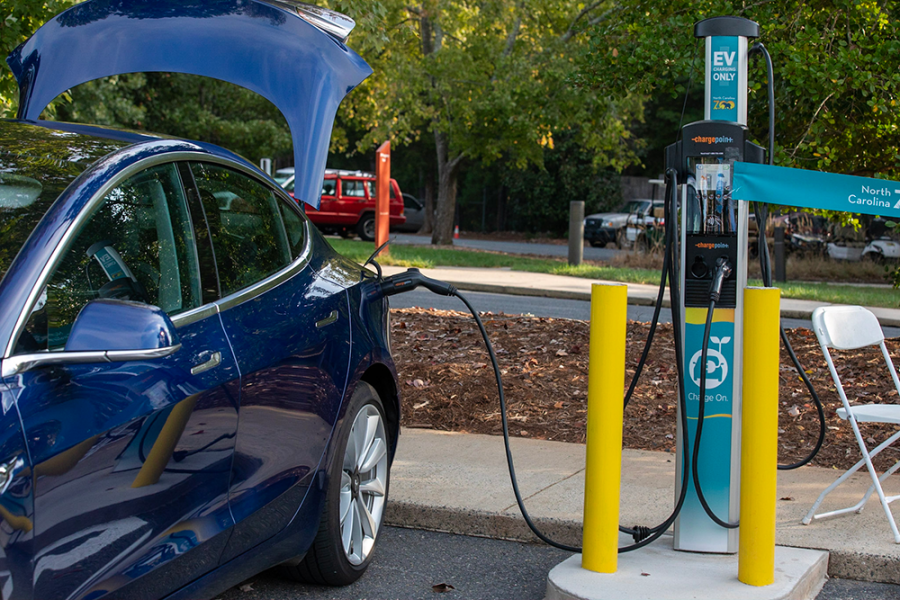North Carolina Zoo Shares on Sustainability Efforts and How to Get Started

The North Carolina Zoo in Asheboro received the 2021 Environmental Sustainability Award from the World Association of Zoos and Aquariums in October. The award is presented to an organization whose efforts exemplify practices that benefit the environment. Since 1989, the zoo has pursued and employed recycling programs, waste reduction, extensive composting, alternative fuels for zoo vehicles, installation of a grid-connected photovoltaic solar array with electric car recharging stations, environmental education of guests, and a plethora of other sustainable programs and efforts.
Dr. Richard Bergl, the zoo’s director of conservation, education, and science, tells Funworld that the zoo’s sustainability team has about 30 individuals who are part of several internal groups falling under that umbrella.
“It’s a large and varied group of people, and their mandate is to develop and put forward a plan governing all the sustainability initiatives at the zoo,” Bergl says.
But Bob Langston, sustainability and conservation outreach coordinator and chair of the sustainability team, says it didn’t begin so formally.
“In the past, our Association of Zookeepers chapter would have activities great for conservation and sustainably but felt they were having to do it all themselves,” Langston says. “So rather than everybody existing in silos, we put everyone under the same umbrella so we could coordinate.”
One of the zoo’s efforts at first seems counterintuitive from an environmental protection standpoint—using a wetland to absorb pollution from a guest parking lot. But the wetland was actually constructed just for this purpose. “We have a creek running across our property, so lakes it runs to are impacted,” Langston explains. “In our 6-acre North America parking lot, cars leak oil, antifreeze, or other hydrocarbon chemicals that are food for microorganisms, so we have those chemicals leaking into the wetland. Oil, diesel fuel, and gas are eaten by bacteria and fungi before going to creeks, rivers, and ultimately into the ocean.”

The zoo also makes possible the reuse of concrete, steel, and aluminum when structures are torn down on property. Bergl highlights one example: “We had an original massive zoo building called African Pavilion, and the roof was made of concrete and rebar. So during demolition, that material was sent to the N.C. Department of Transportation for reuse in a highway project.”
On another project, the reuse of steel had a significant benefit to the zoo’s bottom line, even beyond the sustainability value. A pasture the zoo constructed utilized 5 miles of braided-aircraft-cable fencing made from recycled and reused steel.
“We figured we avoided $1 million to $2 million in costs on an $8 million project,” says Langston. “While some sustainability practices cost extra, there are some where you can really save money by reusing materials.”
As for how an attraction can initiate its own sustainability program, Bergl says, “A lot of these programs evolve organically from interest of individual staff. To get started, convene a team of interested people. Some people are very passionate about these issues. Just pick one or two things that you can do to get started, and don’t feel you have to change the world overnight.”
Langston agrees, adding that the big thing is to just get going.
“Sustainability often starts with the cost you’re paying for things,” he explains. “Look at that. A relatively small investment upfront can pay dividends over the long term. And don’t be afraid of making a mistake. We’ve made some, and you learn from them.”
